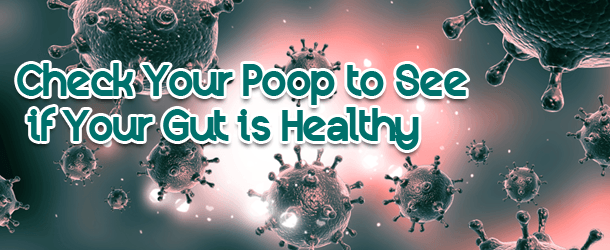
Changing the makeup of your intestinal bacteria requires long-term commitment, says Gastroenterologist Dr. Satish Rao, MD, Ph.D. It takes about three to six months of eating the right foods, such as high-fiber plant foods and fermented foods to see a difference. Even then, the composition will return to its previous profile if the diet is not maintained.

How can you tell if you’ve got an ideal composition of microbes in your gut? One hint is to look at your feces.
“We can characterize people into either floaters or sinkers, depending on how their fecal material behaves,” Dr. Rao says. Feces that float suggest healthy fermentation in which a lot of carbon dioxide gas is produced and trapped into the fecal matter. Sinkers represent poor fermentation with little trapped carbon dioxide and poorer health consequences, he explains.
Diet Tips to Boost Friendly Bacteria
1. Eat more whole, fiber-rich plant foods, such as whole grains, legumes, fruit, vegetables, nuts, and seeds.
2. Include fermented foods, such as live cultured yogurt, pickles, and sauerkraut in your diet.
3. Consider taking a probiotic supplement, beverage or food.
– Jill Weisenberger, M.S., R.D., C.D.E., Environmental Nutrition
Reprinted with permission from Environmental Nutrition, a monthly publication of Belvoir Media Group, LLC. 800-829-5384.www.EnvironmentalNutrition.com. (c) 2012 BELVOIR MEDIA GROUP DISTRIBUTED BY TRIBUNE MEDIA SERVICES, INC.

